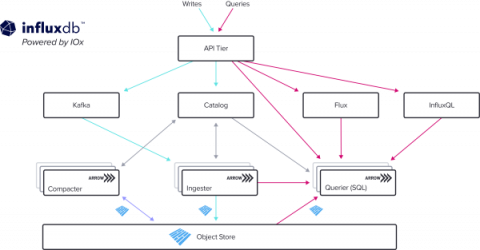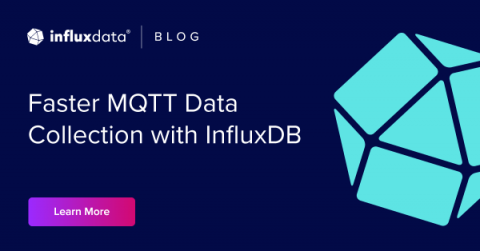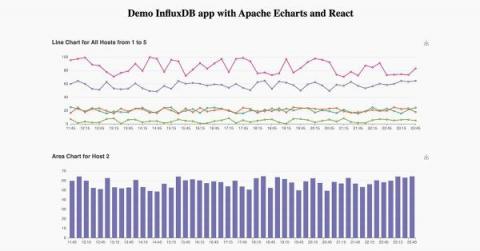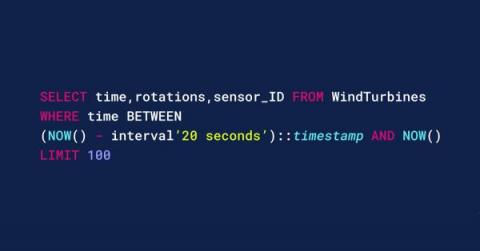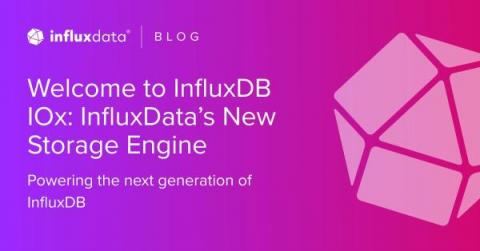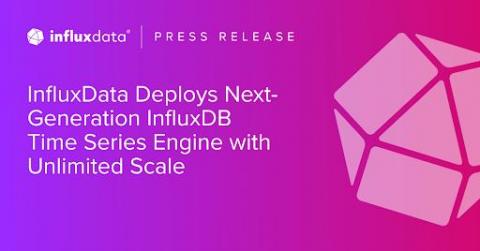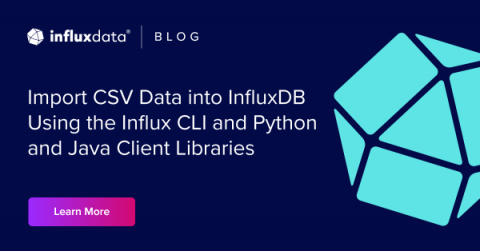InfluxData Announces New Platform Enhancements at InfluxDays 2022
SAN FRANCISCO, November 2, 2022 – Today, InfluxData, creator of the leading time series platform InfluxDB, announced significant product enhancements at InfluxDays 2022, its annual developer and community event. New features including InfluxDB Script Editor, Telegraf Custom Builder, and Flux 1.0 support developers working with time series data, allowing them to do more with less code.




